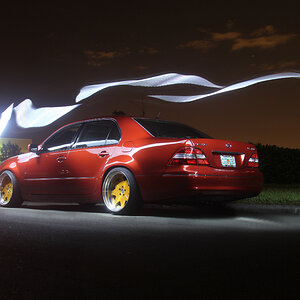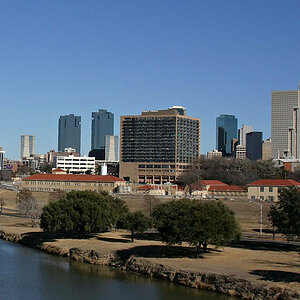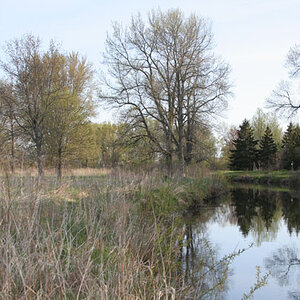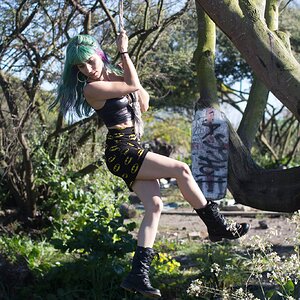Qurmudgeon
TPF Noob!
- Joined
- Nov 25, 2023
- Messages
- 16
- Reaction score
- 17
- Location
- Maine
- Can others edit my Photos
- Photos NOT OK to edit
I was told by an old photographer some 50 years ago. When I started getting serious about taking photos. He said this, there are those that drive their car for the shear enjoyment. And have no clue how the car works. Just that it is pure pleasure to do so. Then there are those that drive cars but have to know every nut and bolt, how it works and why. Becoming concerned with every odd squeak or knock they hear and never really enjoy the drive or journey.
He ended with, you need to decide how far you need to get into it. Be happy and enjoy, or be technical and concerned every time you want to do something.
I’m a happy photog and know just enough to get the job done.
He ended with, you need to decide how far you need to get into it. Be happy and enjoy, or be technical and concerned every time you want to do something.
I’m a happy photog and know just enough to get the job done.




![[No title]](/data/xfmg/thumbnail/31/31037-35b917d9eb4d044981e83ac234757e09.jpg?1619734581)
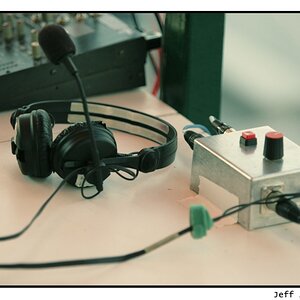
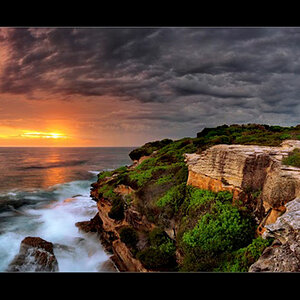
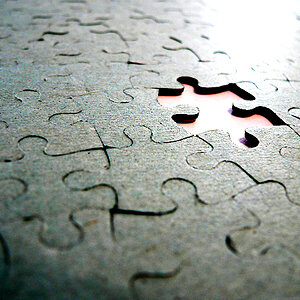
![[No title]](/data/xfmg/thumbnail/35/35670-0571a45fff5cc94fc333fb959ce54517.jpg?1619737091)
